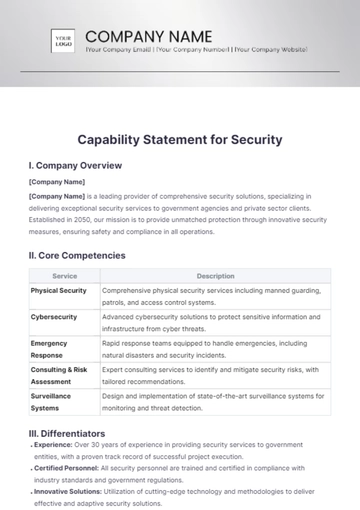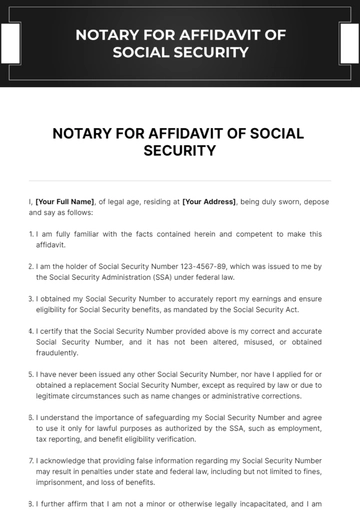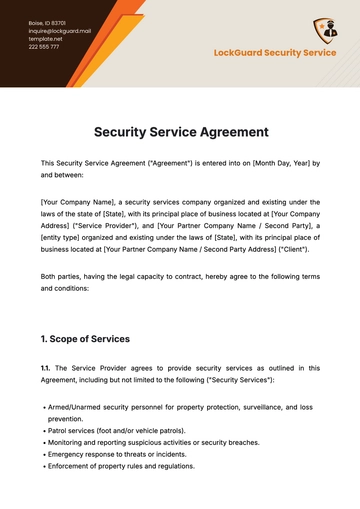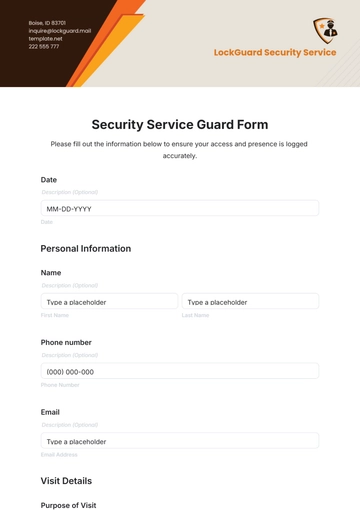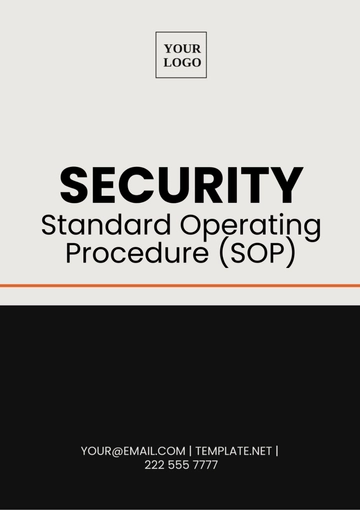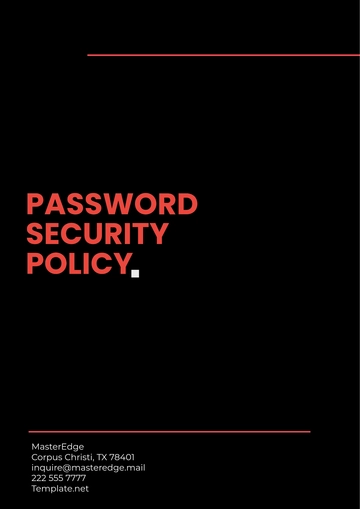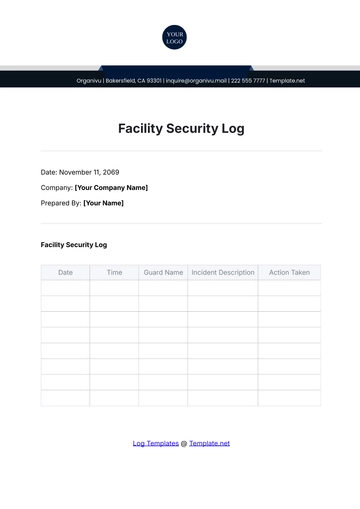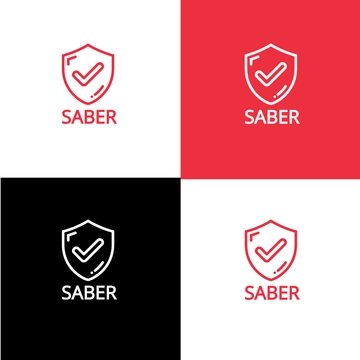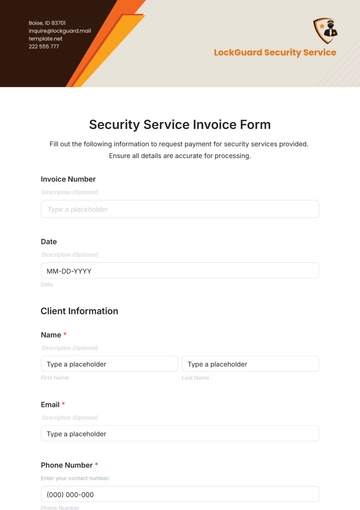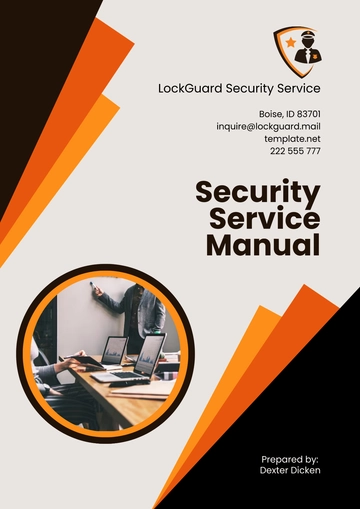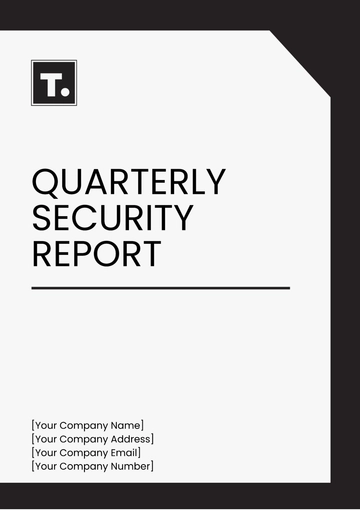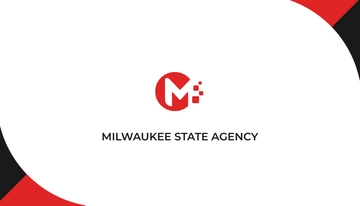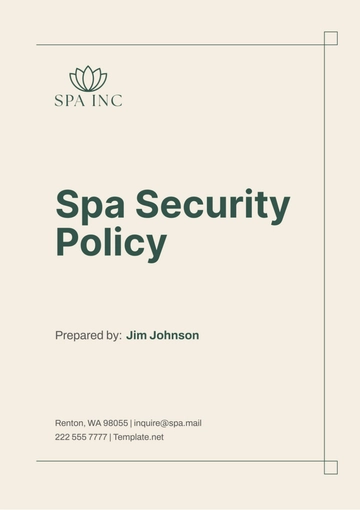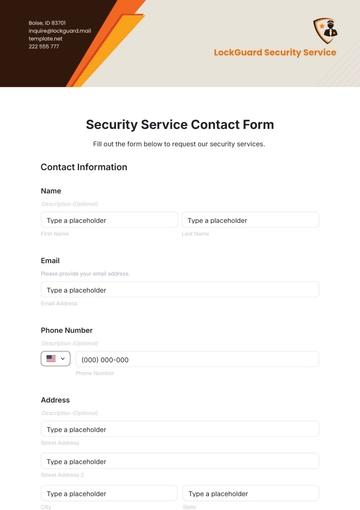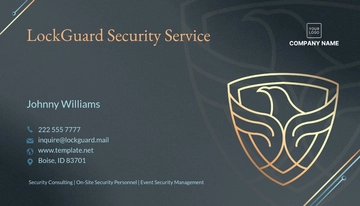Free Identity Management White Paper
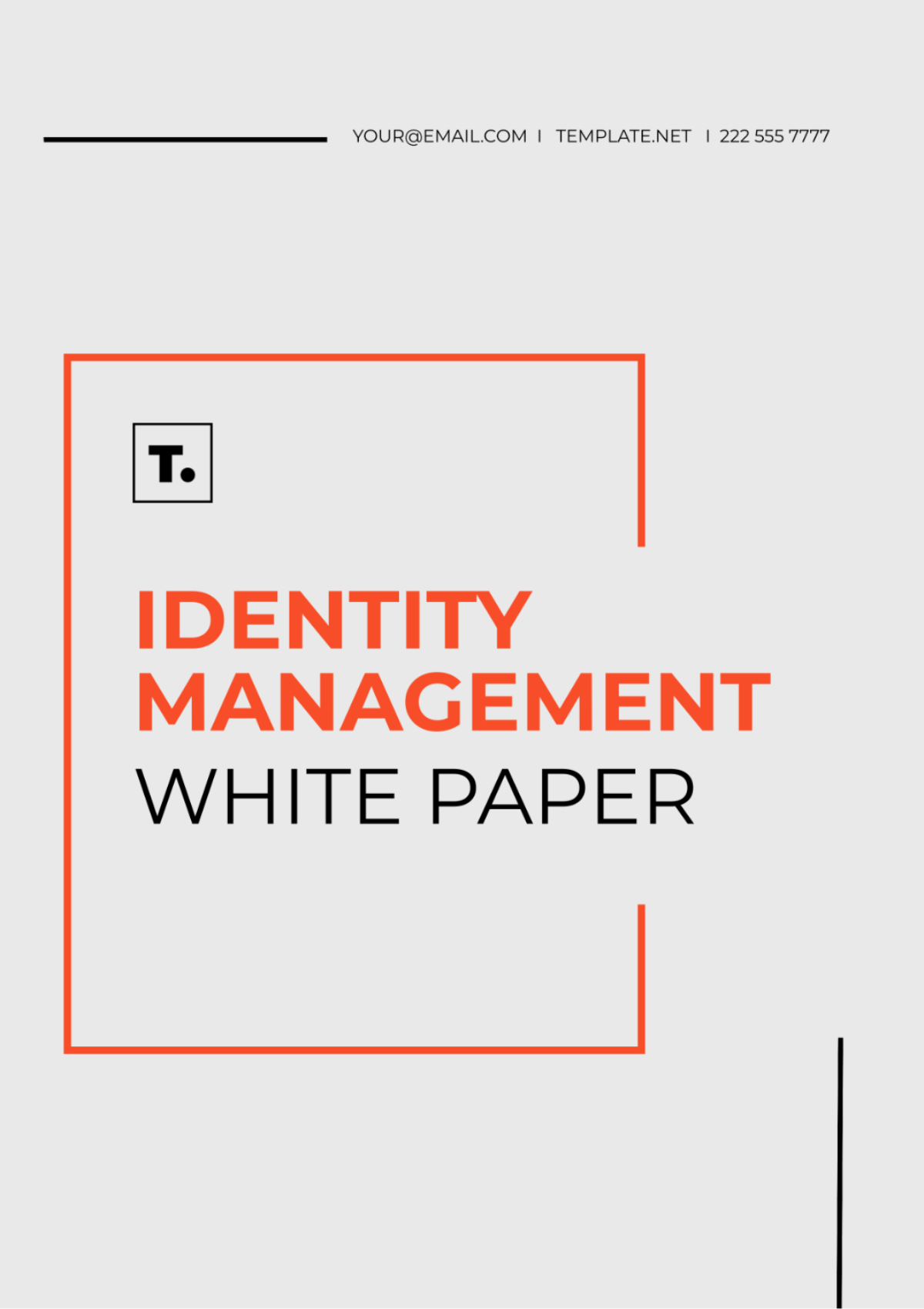
Identity Management Strategies for Secure Digital Access
Author: [YOUR NAME]
Position: [YOUR POSITION]
Company: [YOUR COMPANY]
Date: January 20, 2050
Department: [YOUR DEPARTMENT]
I. Executive Summary

Offer a concise summary of the key points discussed in the white paper. Highlight the benefits of implementing robust identity management solutions [YOUR COMPANY NAME] and provide a glimpse into the strategies and best practices covered in the subsequent sections.
II. Introduction
In the rapidly evolving digital landscape, effective identity management is critical. This white paper provides comprehensive insights into identity management techniques devised to protect and streamline access in digital environments. Prepared for decision-makers and IT professionals at [YOUR COMPANY NAME], it lays the groundwork for adopting robust identity management systems that align with contemporary security challenges.
III. Understanding Identity Management
Identity Management (IDM) refers to the policies, systems, and processes that enable organizations to authenticate, authorize, and audit user identities. In this section, we explore the core components and importance of IDM:
Definition and Scope of Identity Management
Importance of Identity Management in preventing unauthorized access
Impact of Identity Management on operational efficiency
IV. Key Challenges in Identity Management
Implementing an effective IDM strategy involves overcoming various challenges:
Data Security and Privacy Concerns
Integration with Existing IT Infrastructure
Compliance with Regulatory Requirements
Adaptability to Technological Changes
V. Best Practices in Identity Management
A. Conduct a Comprehensive Risk Assessment
Before implementing an identity management solution, organizations should assess their existing security posture, identify potential risks, and define security requirements based on industry best practices and regulatory guidelines.
B. Implement Multi-Factor Authentication (MFA)
Deploying MFA helps strengthen authentication mechanisms by requiring users to provide multiple forms of identification, such as passwords, biometrics, or security tokens, significantly reducing the risk of unauthorized access.
C. Centralize Identity Management
Centralizing identity management through a unified platform enables organizations to enforce consistent access policies, streamline user provisioning processes, and maintain a centralized repository of user identities and credentials.
D. Regularly Review and Update Access Controls
Continuously monitor user access rights, review permissions regularly, and promptly revoke access for users who no longer require it. Regular audits ensure compliance with security policies and regulatory requirements.
VI. Case Studies
Here are a few examples of businesses that implemented successful identity management systems:
Company | Outcome |
|---|---|
Financial Services Firm: Implementing IGA | -Reduced time and effort spent on provisioning and de-provisioning - Enhanced compliance - Mitigated insider threats |
Technology Company: Securing Access with MFA | -Decreased successful account takeover attempts - Strengthened security posture - Improved user authentication experience |
Healthcare Provider: Enhancing User Experience with SSO | - Reduced login-related support tickets - Enhanced clinician satisfaction - Strengthened security posture |
VII. Future Trends in Identity Management
Here, we predict upcoming trends that could shape the future of IDM strategies at [YOUR COMPANY NAME]:
Adoption of blockchain for decentralized identity verification
AI and machine learning for real-time threat detection
Enhanced privacy laws influencing IDM approaches
VIII. Conclusion
As digital ecosystems become increasingly complex, a robust identity management strategy becomes vital for securing data and improving operations. The strategies discussed here will guide [YOUR DEPARTMENT] in enhancing the security posture of [YOUR COMPANY NAME].
IX. References
Doe, J., & Smith, A. (2019). Financial Services Firm: Implementing Identity Governance and Administration.
Johnson, L., & Brown, K. (2018). Technology Company: Securing Access with Multi-Factor Authentication.
Williams, R., & Davis, C. (2022). Healthcare Provider: Enhancing User Experience with Single Sign-On.
- 100% Customizable, free editor
- Access 1 Million+ Templates, photo’s & graphics
- Download or share as a template
- Click and replace photos, graphics, text, backgrounds
- Resize, crop, AI write & more
- Access advanced editor
Create informative white papers on identity management effortlessly with Template.net's editable template. Customize it to align with your organization's security protocols. Customizable to reflect your identity management strategies. Editable in our Ai Editor Tool for seamless adaptation. Safeguard your digital assets and share valuable security insights professionally.
